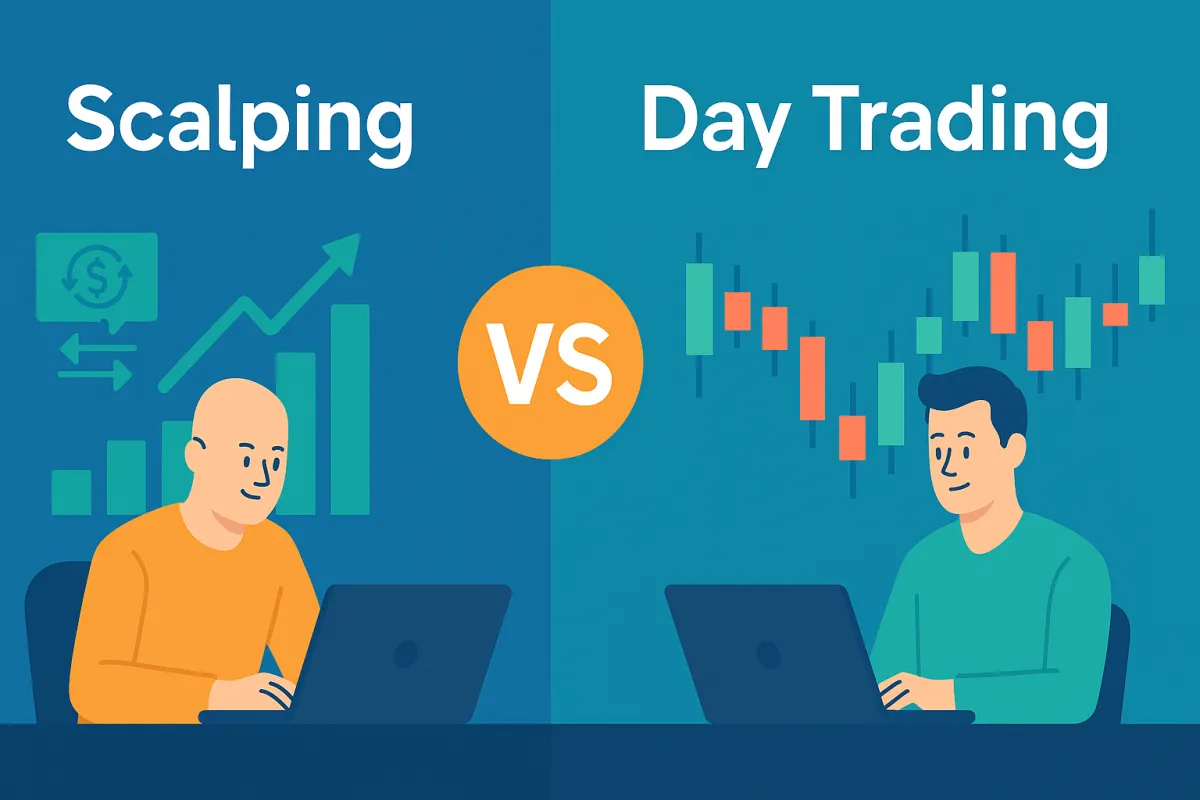Push Button Trading insights
How to Trade News Like a Pro | Push Button Trading
Learn how to trade news like a pro by mastering timing, analysis, and execution strategies to capture market opportunities while managing risk effectively.
Scalping vs Day Trading | Push Button Trading
Compare scalping vs day trading by analyzing trade frequency, holding periods, risk, profit potential, helping you choose the strategy that best fits your goals
Soft Skills for Day Traders | Hidden Edge in Speedy Market
Master risk management for active traders. Learn to protect capital, limit losses, and optimize trading strategies for steady growth and long-term success.
OTC Trading vs Exchange: What Active Traders Need to Know
OTC trading offers flexibility and customization, while exchanges provide transparency and liquidity. Knowing both helps traders match strategy to market.
Subscribe now to stay updated on our latest article.
Stay Ahead in Your Trading Journey!
Looking to sharpen your trading skills or finally find consistency in your trades? Join our community of traders who receive regular insights on trading strategies, psychology tips, and actionable steps to help you move closer to your goals. Whether you're just starting or need help refining your skills, our updates are tailored to guide you every step of the way.
What You'll Get:
Proven Trading Tips: Discover strategies that can help you succeed in today’s markets.
Trading Psychology Insights: Learn how to master the mental side of trading for long-term consistency.
Actionable Steps: Each update will include simple, effective steps you can apply immediately.
Exclusive Offer: When you sign up, you can opt to receive all three of our e-books for free—packed with valuable information to enhance your trading game.
How Often? We respect your inbox! Expect weekly blog post updates, so you can focus on trading and learning at your own pace.
Ready to Level Up? Join our community for free updates and stay connected with a group of like-minded traders who are serious about mastering the markets.
Subscribe now and let’s grow together!
SUBSCRIBE
PUSH BUTTON BLOG
Get Notified Whenever A New Article Is Published
OPT-IN ADD-ON
© 2024 - 2025 Push Button Trading, All Rights Reserved
Risk Disclosure:
Futures and forex trading contains substantial risk and is not for every investor. An investor could potentially lose all or more than the initial investment. Risk capital is money that can be lost without jeopardizing ones’ financial security or life style. Only risk capital should be used for trading and only those with sufficient risk capital should consider trading. Past performance is not necessarily indicative of future results.
Testimonial Disclosure:
Testimonials appearing on this website may not be representative of other clients or customers and is not a guarantee of future performance or success.
Educational Disclosure:
The Push Button Trading mentorships, courses, classes, live events, and content are provided for educational purposes only. We are not providing financial advice. It is your responsibility to test all strategies and plans. You are the only one pushing the buttons and it is your responsibility to fully understand the risks before implementing any of the education provided by Push Button Trading.






